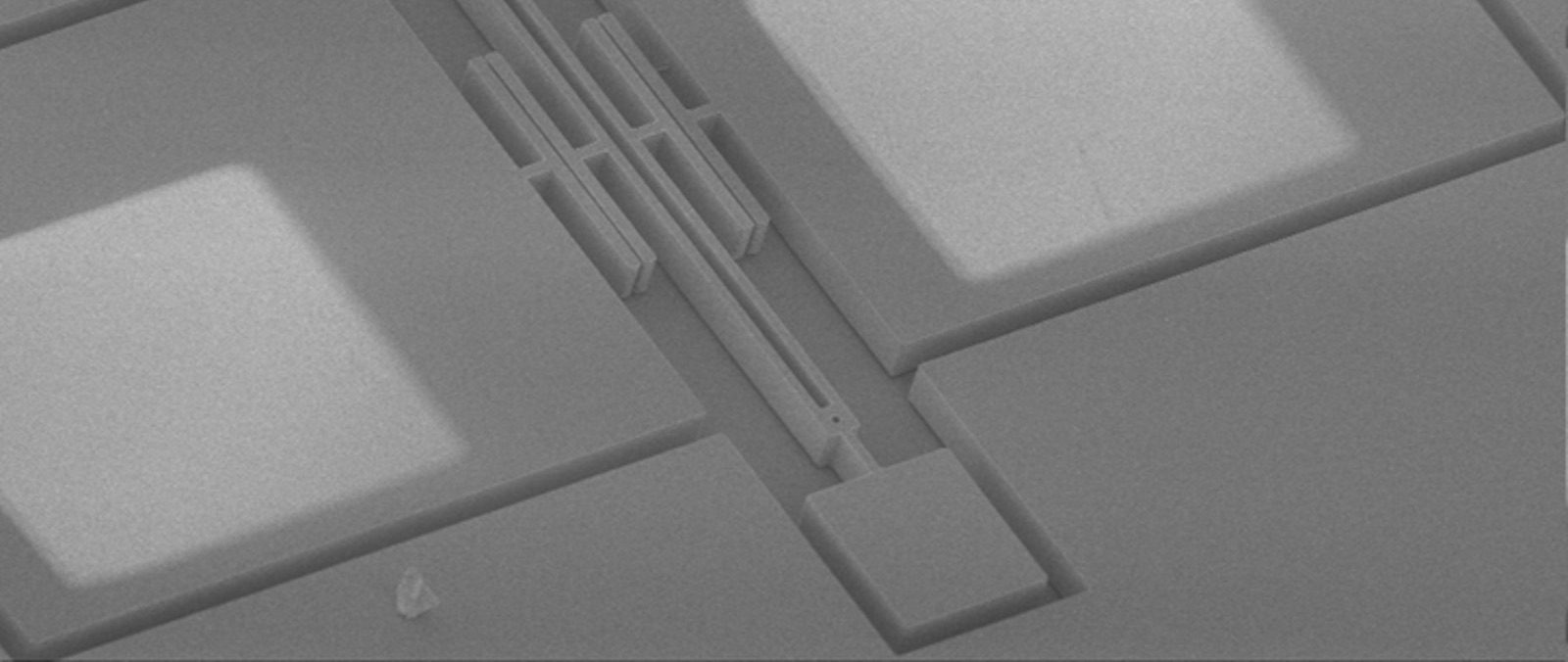
The use of MEMS sensors for measuring force or pressure, or conductive elastomers for measurement of strain, movement or contact on flexible/textile supports, represents an innovation with potential spillover outside the world of mechanical engineering and cars. For example, in the rehabilitation field, a series of sensors that can be embedded into tools, or even worn, would make it possible to continuously monitor the movement of patients and thus allow their doctor to closely follow their rehabilitation therapy, reducing the risk of ineffective rehabilitation. The evolution of CTPE sensor technology, if fine tuned for interaction with control systems and aids or wearable systems, can have positive spillover effects on interaction systems for disable people, thanks to haptic and movement sensors.
MEMS strain sensors will need to be adequately protected for sale; therefore enclosures will be designed and fabricated according to type and area of application; the enclosures will also require a suitable connector for connection with the control system. For all smart component applications, where the sensor will be embedded into the component and directly connected to the controller, an appropriate bonding will be specified; however, these applications will be specified directly with the partner OEM, in case they are identified during the development of the project. For CTPE sensors, the applications will be specified together with the manufacturers of servo controls, steering wheels and flexible ducts. The components will be embedded into the product with a special bonding and participating companies will provide the signal read-out and conditioning electronics that will be embedded directly into the components.
To maximize the interest of the industry, it will be fundamental to implement adequate activities for communication and dissemination of project results to investors and stakeholders, in order to attract attention to these innovative systems and find other forms of direct funding in order to complete the pre-industrialization stage and obtain market-ready products.
